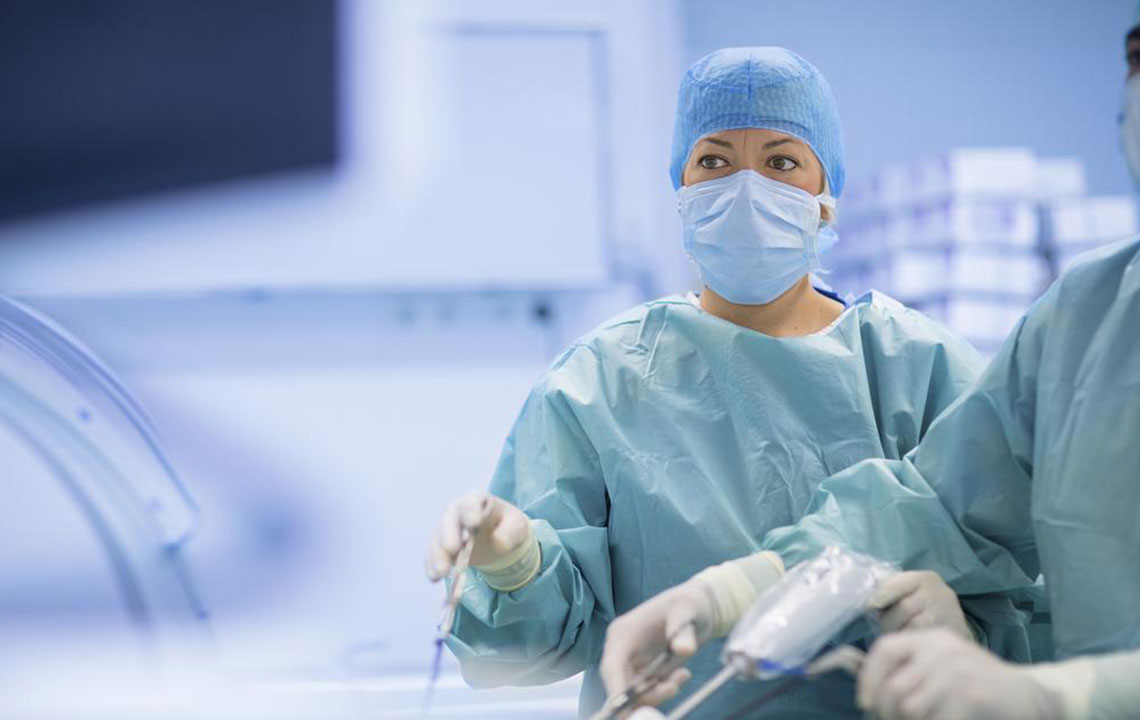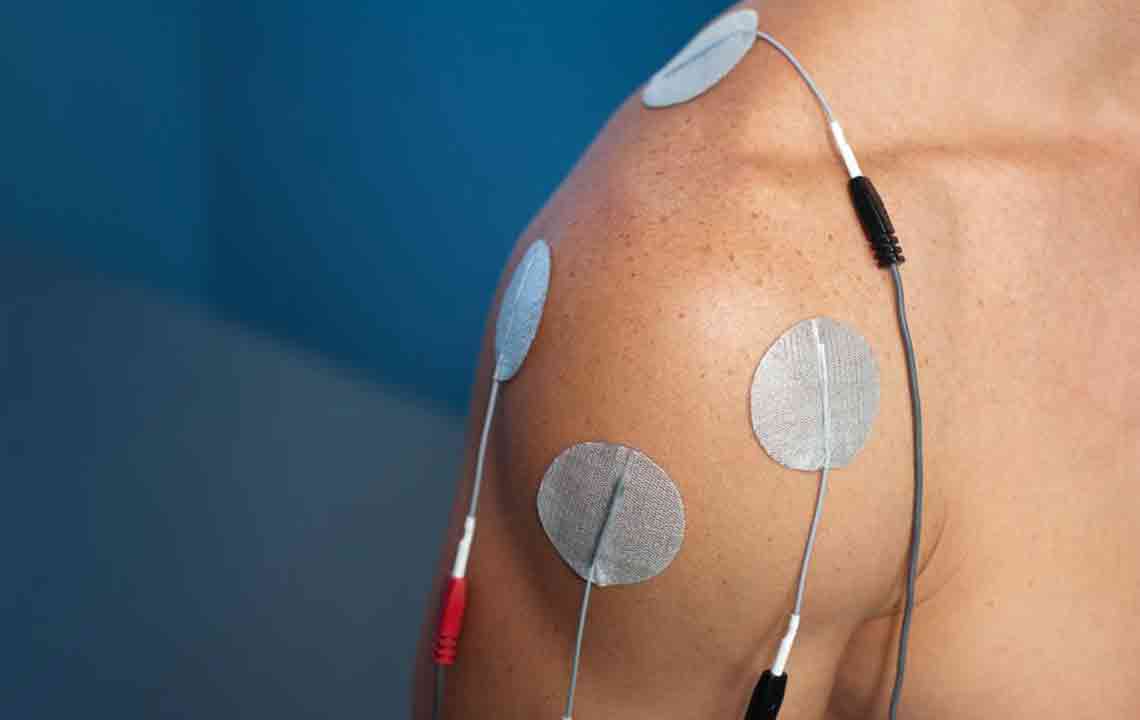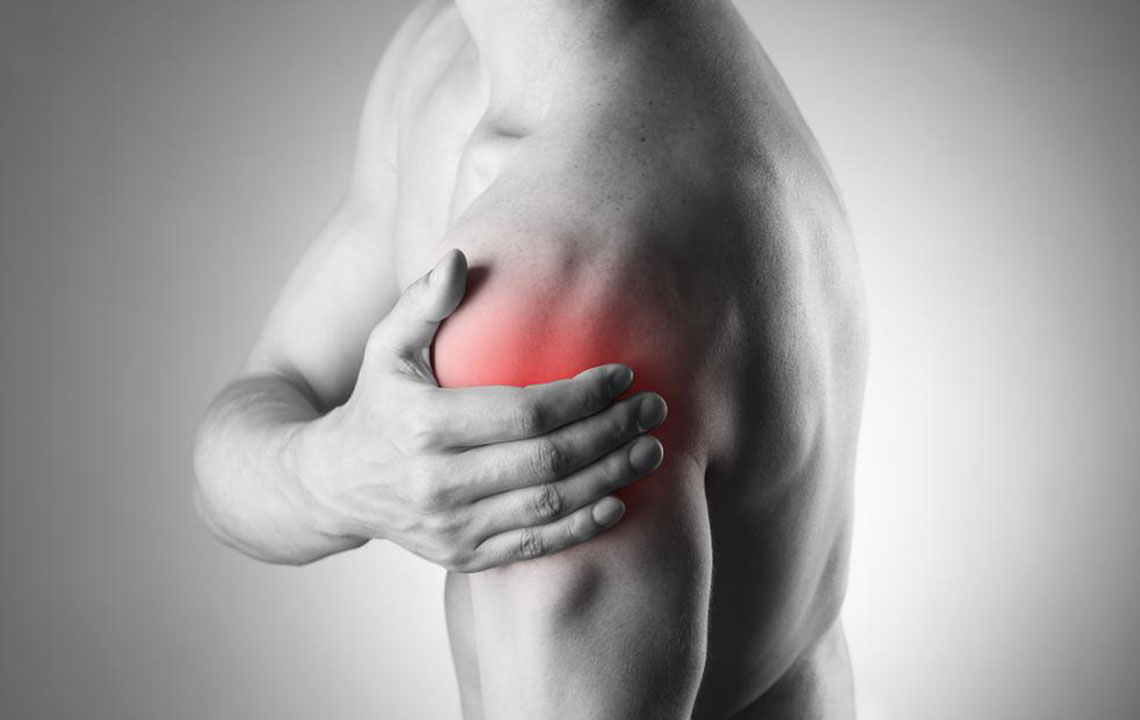Comprehensive Guide to Shoulder Rotator Cuff Repair Techniques
This article provides an in-depth overview of shoulder rotator cuff repair techniques, including open, arthroscopic, and mini-open procedures. It explains indications, surgical steps, recovery tips, and preoperative preparations to help patients understand their treatment options and optimize outcomes.

Exploring Various Surgical Options for Rotator Cuff Injury Repair
Repairing a torn shoulder rotator cuff involves surgical intervention to reattach damaged tendons. The main surgical methods include open surgery, arthroscopic procedures, and combined mini-open techniques. The choice depends on the tear's severity and individual patient factors.
Open Surgery for Shoulder Repair
This traditional approach requires a sizeable shoulder incision, providing direct access for fixing extensive or complex tears by splitting shoulder muscles.
Indications for Open Repair
Large or complicated tears
Additional procedures like tendon transfer or reconstruction
Severe cuff damage necessitating advanced repair
When tendons are too damaged to reattach, surgeons may utilize donor tendons, such as the latissimus dorsi, from other parts of the body. Bone spurs causing pain are typically removed during surgery.
Arthroscopic Shoulder Surgery
This less invasive outpatient procedure is suitable for small to medium tears (up to 3 centimeters). It involves inserting a tiny camera and instruments through small incisions, resulting in reduced pain and faster recovery times.
Mini-Open Repair Method
This combines minimally invasive arthroscopic assessment with a smaller open incision (1-5 inches). It allows direct tendon repair without detaching shoulder muscles, making it a less invasive alternative to full open surgery.
Best Surgical Choice
All three techniques offer comparable results in strength, pain reduction, and shoulder function. The optimal method depends on tear size, patient anatomy, tissue health, and surgeon experience.
Surgical Steps Overview
Removing debris from the rotator cuff area
Creating space to lessen inflammation and strain
Stitching and aligning torn tendons with the humerus
Most procedures are performed on an outpatient basis with minimal hospital stay. Proper planning and post-op care are vital for successful healing.Preoperative Tips
Stop certain medications or supplements, especially blood thinners, two weeks before surgery
Consult your doctor if you have diabetes, heart conditions, or other health issues
Work with a physical therapist to plan recovery
Get plenty of rest the night before
Arrange support for initial recovery as arm movements will be restricted
Preparing well health-wise before surgery ensures smoother procedures and quicker recovery. Address any infections or skin issues beforehand to optimize outcomes.

